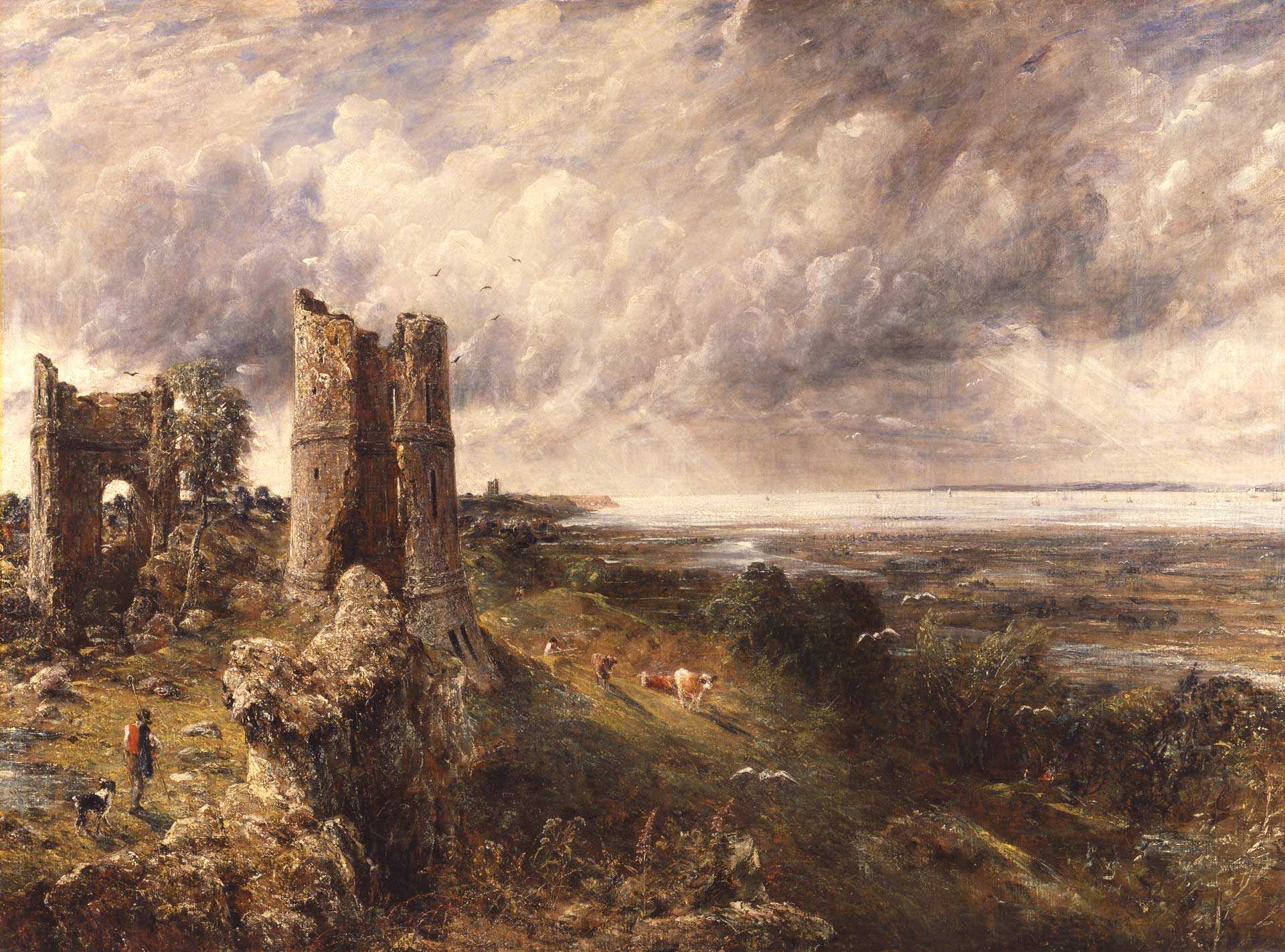I hope you all had a wonderful Christmas. Mine seemed to pass very quickly as we were busy with family and friends visiting. It was lovely to see people and spend time with them.
But I also went out walking when I could on some bright, frosty mornings. I can't stay indoors for very long! On the day after New Year, just as the sun was coming up, David and I decided to get plenty of fresh air by visiting Hadleigh Castle, once a medieval stronghold, and now a ruin high up on a hill with stunning views of the Thames estuary.
As it was a bank holiday, it was very quiet and still, with no traffic on the nearby roads, and no other visitors. It was the perfect time to wander around the site and make the most of those views.
Hadleigh Castle was built by Hubert de Burgh after King John granted him the land here in 1215. Hubert de Burgh was a military hero who became a powerful baron. He fell out of favour in the 1230s and the castle was seized by the king. It wasn't really occupied again, though, until the 1300s. Edward II started to take an interest in it, but it was Edward III who really made improvements here. Below is a sketch (from one of the display boards) of how the castle probably looked in 1370.
After Edward III, the castle wasn't used very much. It's built on London clay and suffers from subsidence (the castle itself is made from Kentish ragstone with mortar containing cockleshells from the estuary). The Tudor noble Richard Rich acquired the castle in the mid 1500s and after he began to rob it for its stone, it fell into disrepair. It was later used by Georgian revenue men to watch for smugglers on the estuary, but was never lived in again, It had become a romantic ruin, and as such, was famously painted by Constable in 1829.

There is the sound of starlings everywhere here, so I wonder if they roost in the ruins. Below the castle, in the estuary, is Two Tree Island, a nature reserve. I've not visited there yet, but it's supposed to be a good site for butterflies. It's on my list to visit this summer.
Back home, I feed the animals around dawn, and as we've had some frosty mornings recently, the sheep have been given extra food. They come up to be fed with frost on their thick coats...
All the water troughs freeze overnight, and so the ice has to be broken...
The wild birds are ready for food. David made a new bird table (it attaches to an existing pole) over the holidays, and the birds found it at once...
I'm always hoping to see some rarer birds here, such as a brambling. I keep checking the little flocks of finches for them.
Spring seems a long way off on mornings like these, although I have noticed a little extra daylight in the afternoons this week. It's great to see the change, isn't it?
Happy New Year!























